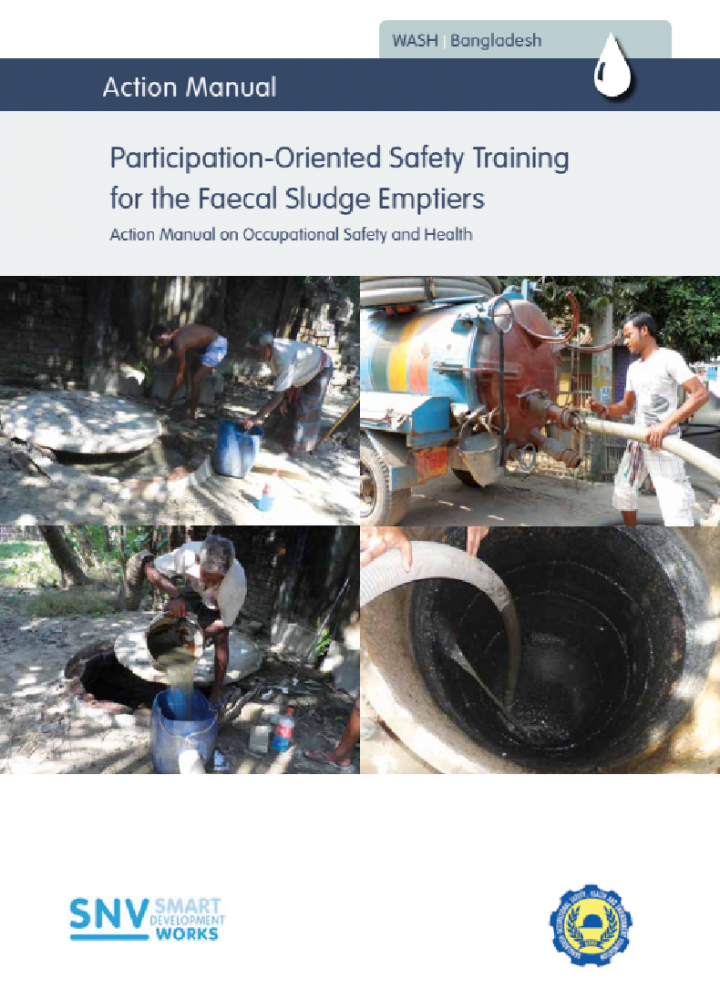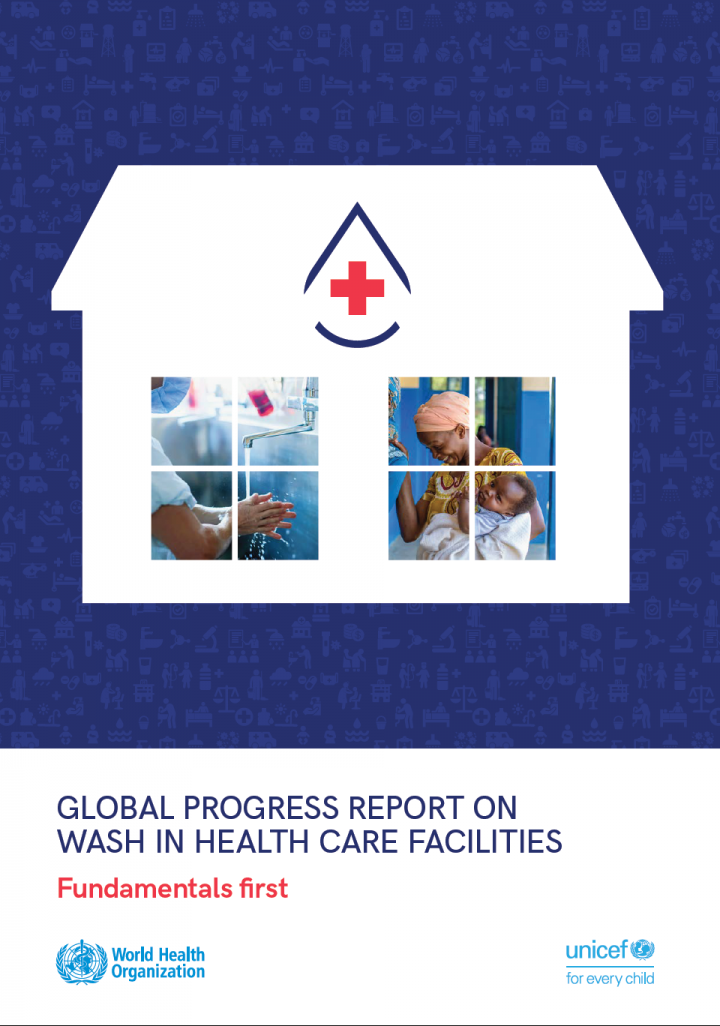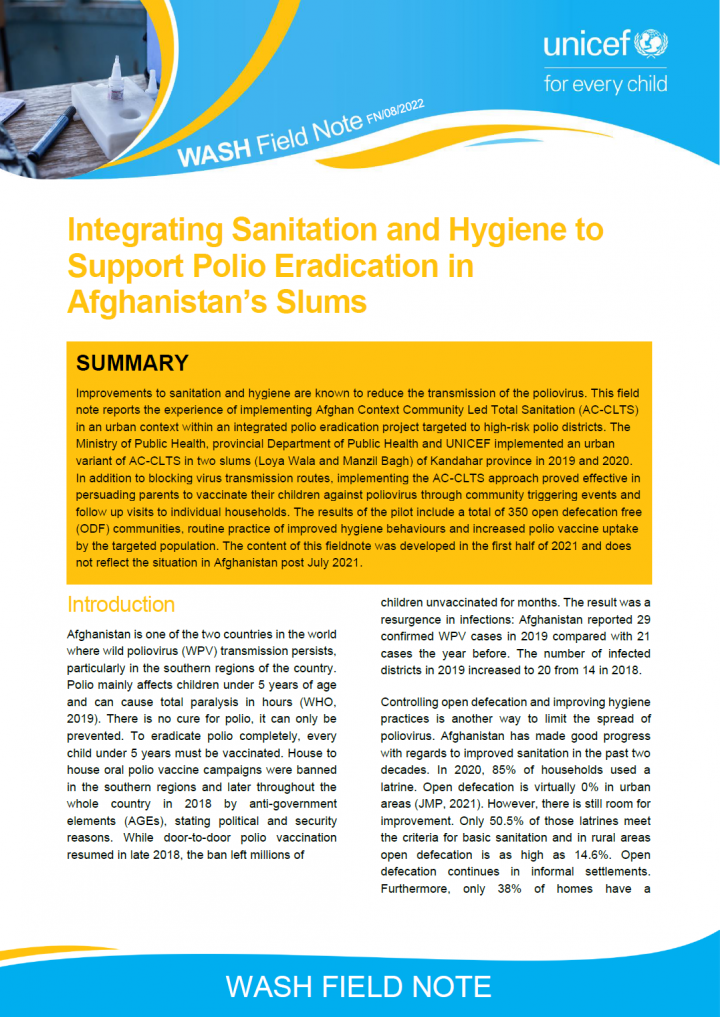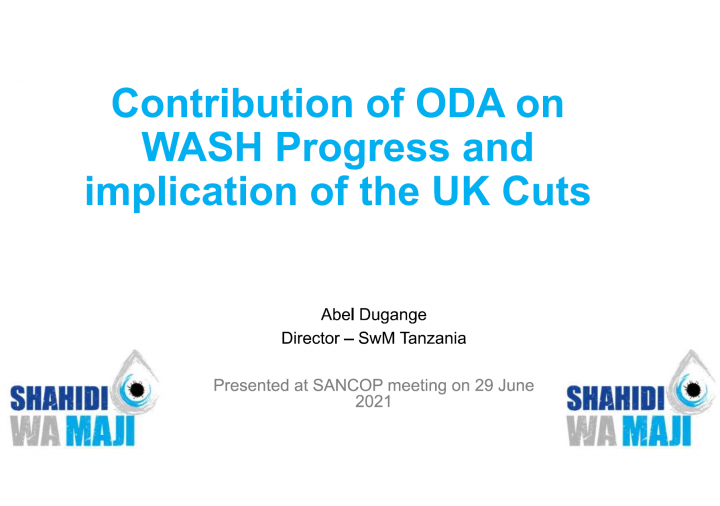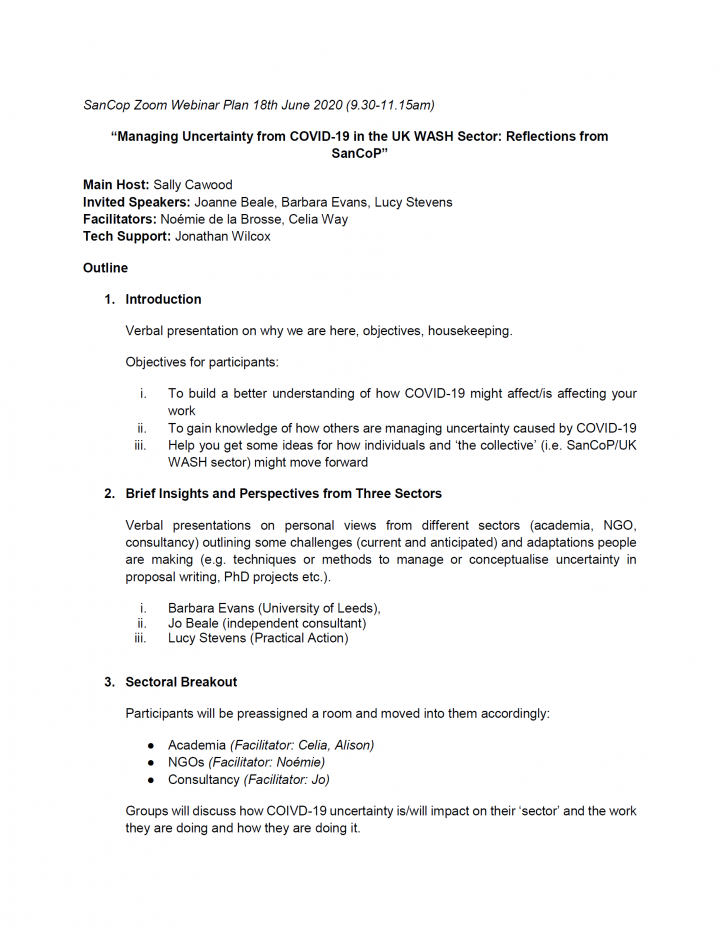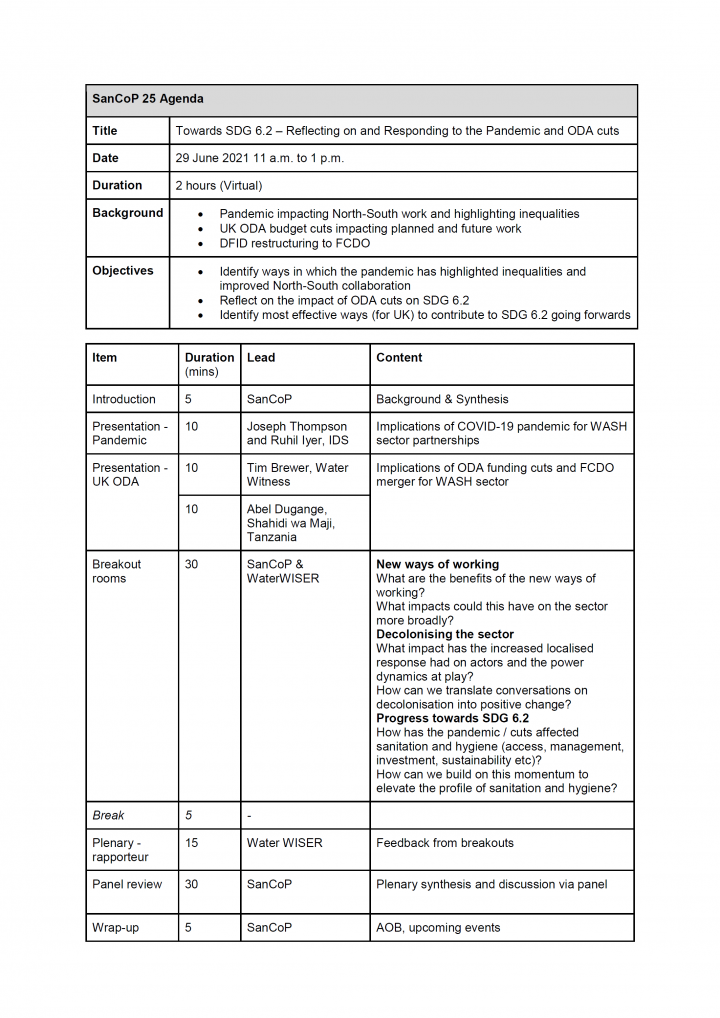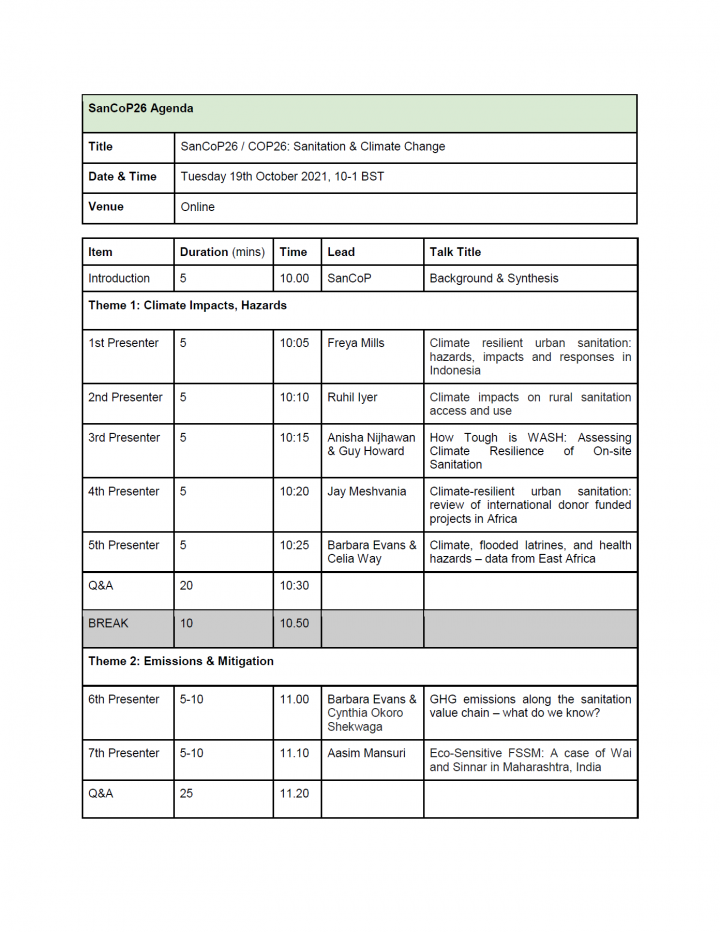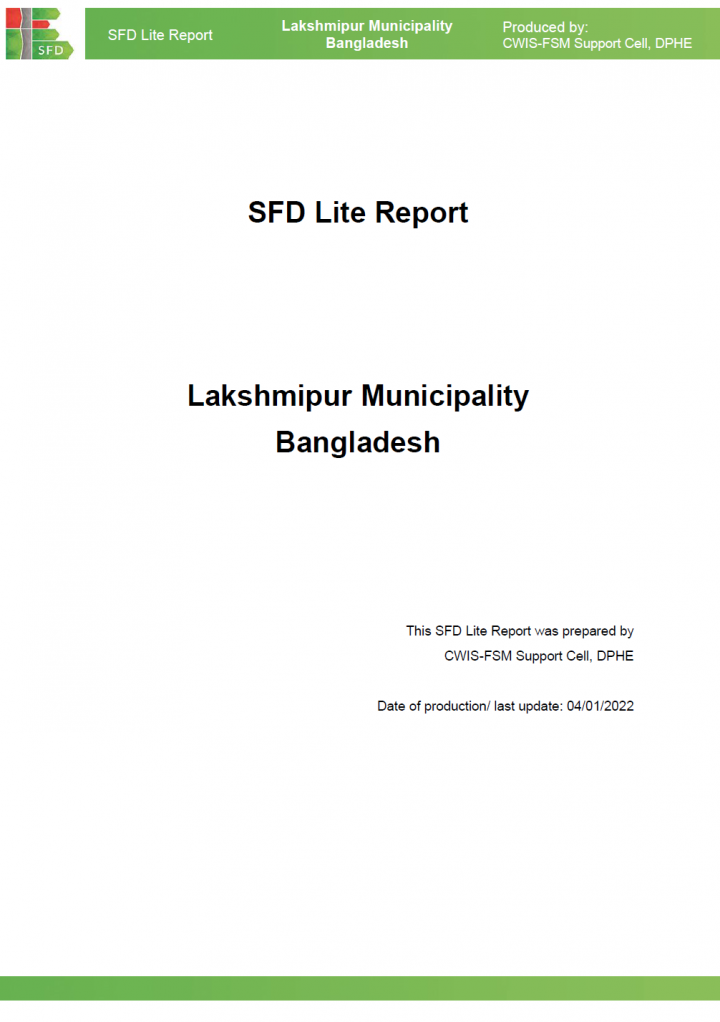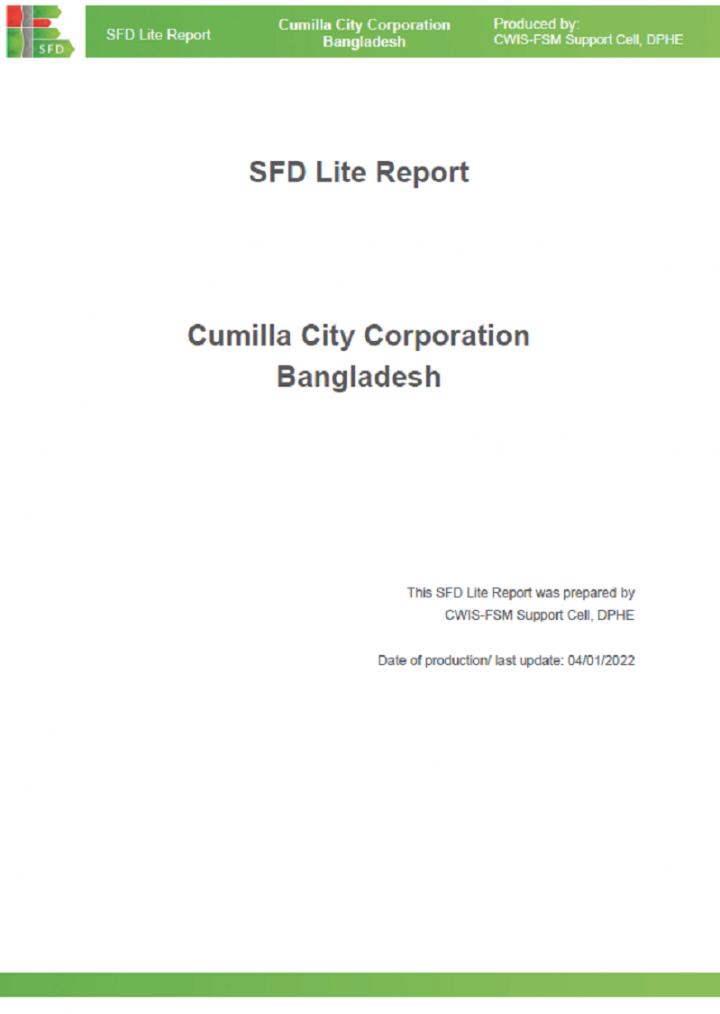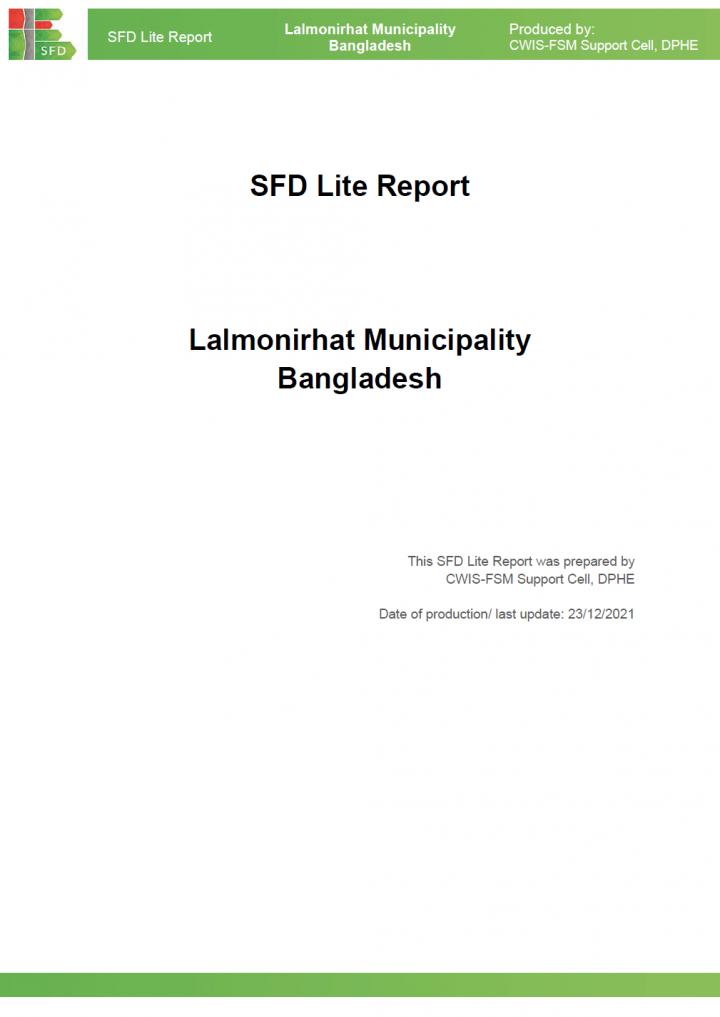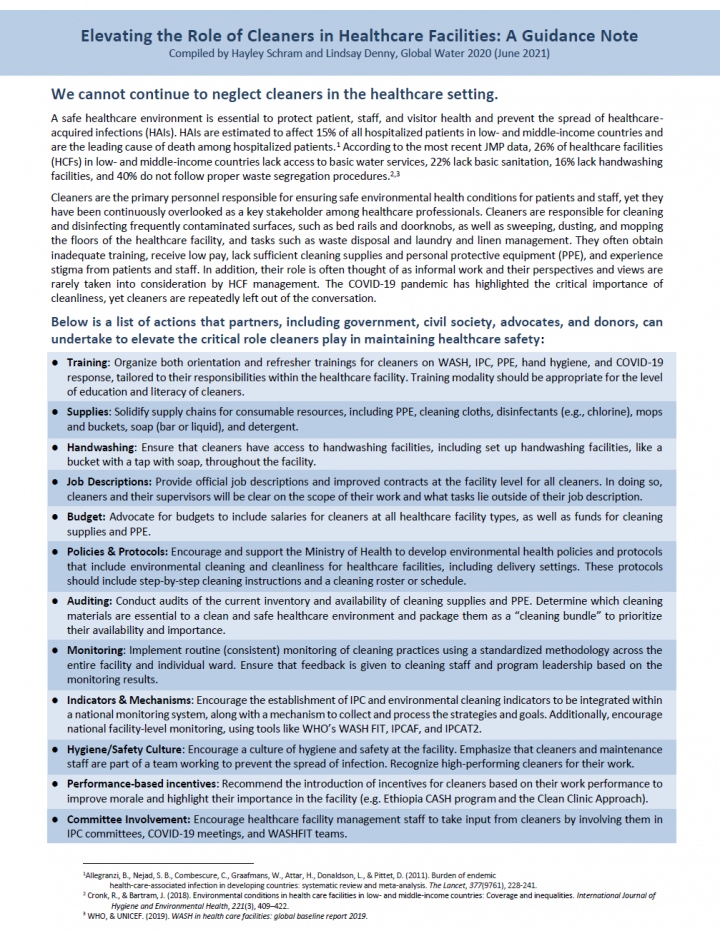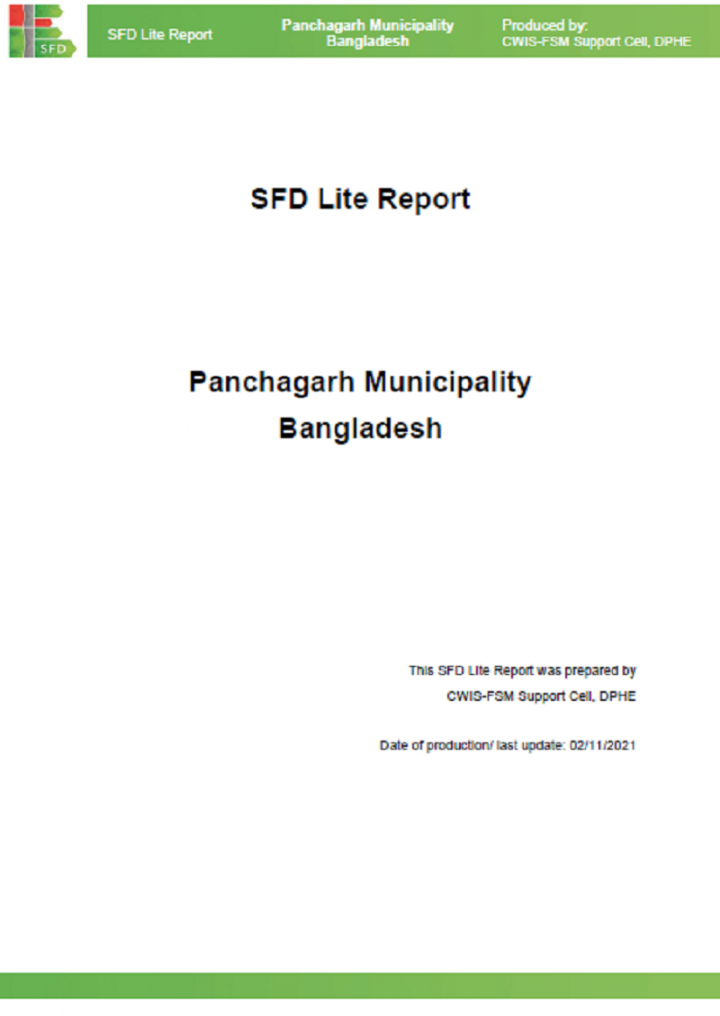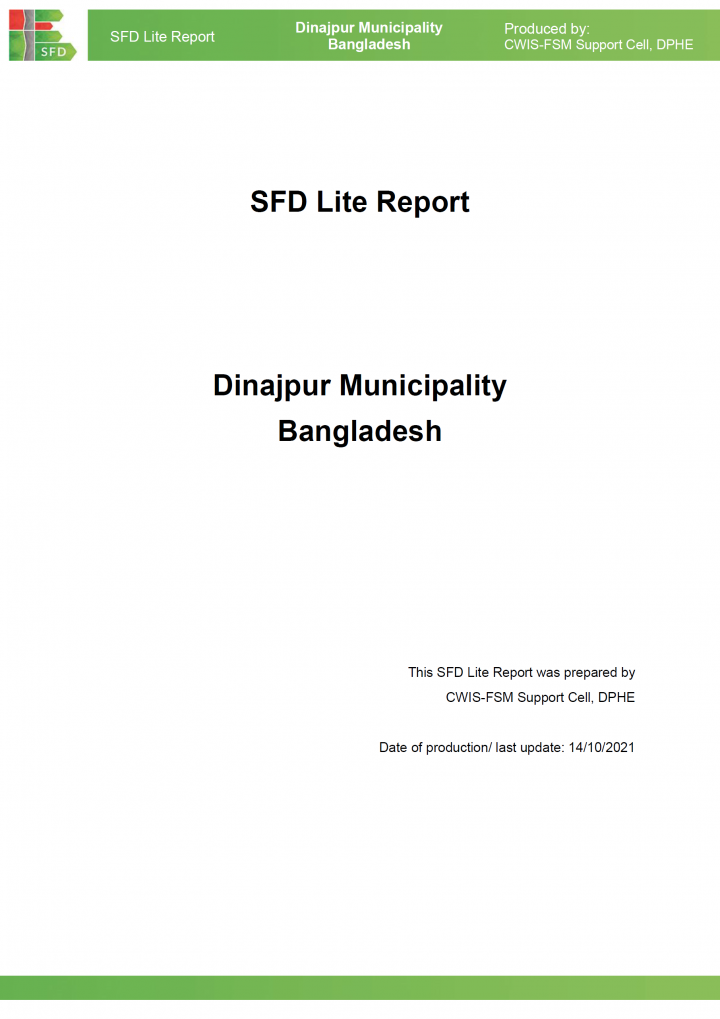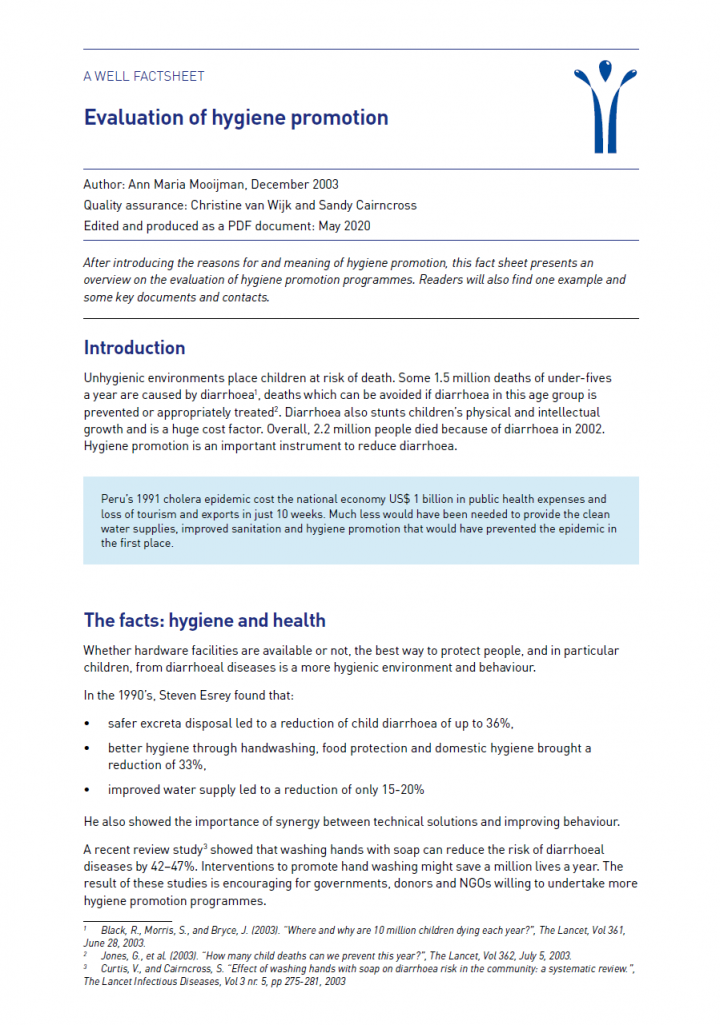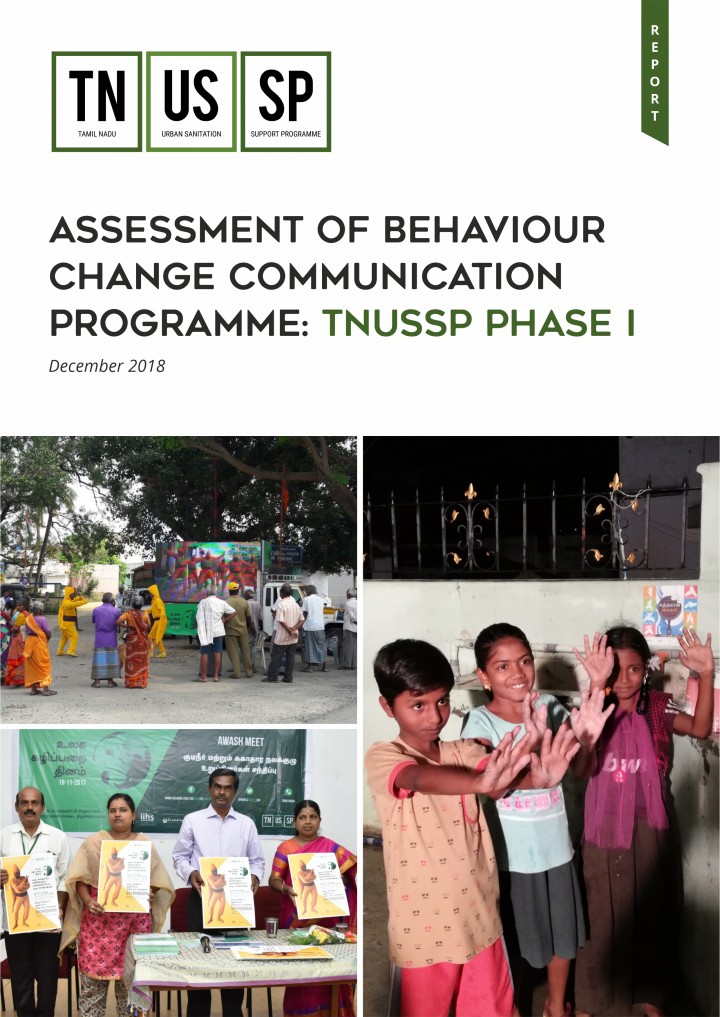Searching for information on Sanitation Workers?
The Sanitation Workers Knowledge + Learning Hub is the best source for all current news, trends, articles and updates on sanitation workers rights around the world.
In Bangladesh, the most commonly used sanitation options such as pit-latrines and pour-flush latrine use pits or septic tanks for containing faecal sludge (FS) for a certain period of time which require regular emptying when the tanks or pits become full. This emptying and disposing of faecal sludge is usually performed in a traditional (manual) way by a certain group of people in the society …
This handbook supports the implementation of health programmes in deprived environments, in particular in closed settings like refugees and displaced persons camps, in health structure. The purpose is to increase the effectiveness with which relief workers can provide sound water, hygiene and sanitation assistance in precarious situations.
The report identifies major global gaps in WASH services: one third of health care facilities do not have what is needed to clean hands where care is provided; one in four facilities lack basic water services, and one in 10 have no sanitation services. This means that 1.8 billion people use facilities that lack basic water services and 800 million use facilities with no toilets. Across the …
Sanitation workers are a vital workforce, key to Sustainable Development Goal 6, and yet they are often denied their rights to safe work. But how can working conditions be improved, if authorities know nothing about them?
This report presents options for how to carry out a quantification and profiling through assessments of workers at city level. The report contains the suggested scope for a …
Improvements to sanitation and hygiene are known to reduce the transmission of the poliovirus. This field note reports the experience of implementing Afghan Context Community Led Total Sanitation (AC-CLTS) in an urban context within an integrated polio eradication project targeted to high-risk polio districts. The Ministry of Public Health, provincial Department of Public Health and UNICEF …
The town of Santa Teresa is located in the extreme southwest of the Nicoya peninsula, in the canton and province of Puntarenas, in the North Pacific Region of Costa Rica. Santa Teresa administratively belongs to the Cóbano district. Santa Teresa is formally only one of the towns of the district.
However, Santa Teresa traditionally comprises the set of towns that extend linearly along the 15 …
Lakshmipur was originally a sub-division of Lakshmipur district and the municipality was established in 1976. The town stands on the bank of the Rahmatkhali and is located 137 km south-east of Dhaka. The city is sub divided into 12 wards and 22 mahallas. Lakshmipur is one of the 53 district-level municipalities in the country.
According to the population census in 2011 by the Bangladesh Bureau …
Cumilla City Corporation stands on the south bank of the Gumti River in Cumilla district. Cumilla (previously known as Comilla) is one of the fast-growing cities located beside the Dhaka Chittagong highway, 97 km south to Dhaka and 167 km north to Chittagong. Cumilla, one of the oldest towns of the sub-continent was declared a city corporation in the year 1864. Cumilla City Corporation was formed …
Lalmonirhat is a municipality town and district headquarters of Lalmonirhat District in the division of Rangpur, Bangladesh. Lalmonirhat is a fast-growing city, which is 329.8 km away from the north of Dhaka. It is beside the Dharal River and it is well connected with road, water, and railways. It was declared Municipality in 1972. Lalmonirhat is one of the 53 district-level municipalities in the …
One of the largest constraints that cleaners experience is the lack of WASH, and formal training on IPC, PPE, and hand hygiene. A needs assessment study conducted in 56 healthcare facilities throughout Bangladesh, India, The Gambia, and Zanzibar reported that on average less than a third delivered formal training to their cleaning staff. 4 Training is essential in ensuring a safe and clean …
Kishoreganj is a city and the district headquarters of Kishoreganj District in the division of Dhaka, Bangladesh. Kishoreganj is a fast-growing city, which is 97.8 km away from North-East of Dhaka. It is beside the Narashunda River and is well connected with road, water, and railways. It is one of the oldest towns in the sub-continent and was declared Municipality in 1869. Kishoreganj is one of …
The Panchagarh District is in the northern part of Bangladesh. Panchagarh city, the district headquarter of Panchagarh is situated in Rangpur Division, Bangladesh. The city stands on the bank of Korotoya. The city is 415 km away from the capital city Dhaka. It is well connected with road, water, and railways. The town was declared Municipality in 1985. Panchagarh is one of the 53 district-level …
Dinajpur, a city of north-western Bangladesh and the district headquarter of Dinajpur district is situated in Rangpur Division, Bangladesh. It is located 413 km Northwest of Dhaka. It is bounded by Punarbhaba River on the west. Dinajpur is historically and culturally a very important city in North Bengal. It is one of the oldest towns in the sub-continent and was declared Municipality in 1869. …
The WASH in Schools (WinS) Three Star Approach (TSA) has been adopted in Fiji (from a pilot in 2015 but now is at scale), Kiribati (atoll island first implementation from 2015 to 2018), Solomon Islands (since 2016), in Vanuatu (since 2017) and 2018 introduction in the Federated States of Micronesia (FSM). The evaluation aims to understand whether WinS TSA is achieving the intended results and how …
Unhygienic environments place children at risk of death. Some 1.5 million deaths of under-fives a year are caused by diarrhoea, deaths which can be avoided if diarrhoea in this age group is prevented or appropriately treated. Diarrhoea also stunts children’s physical and intellectual growth and is a huge cost factor. Overall, 2.2 million people died because of diarrhoea in 2002. Hygiene …
This evaluation examines a broad national programme of ‘community-led total sanitation’ (CLTS) style sanitation interventions conducted in Timor-Leste by the government, NGOs and multi-lateral and bi-lateral stakeholders from 2012 to 2020. It was commissioned by the Government of Timor-Leste (GoTL) Ministry of Health (MoH) in collaboration with UNICEF Timor-Leste. The evaluation was conducted …
As part of the BCC component during Phase 1 of TNUSSP, a range of activities were undertaken in Tiruchirappalli and PNP – NNP. This included activities with general public, school children, sanitary workers and with Government officers of the ULBs. An assessment was carried out to understand the effectiveness of these activities, the findings of which are presented in this report.

